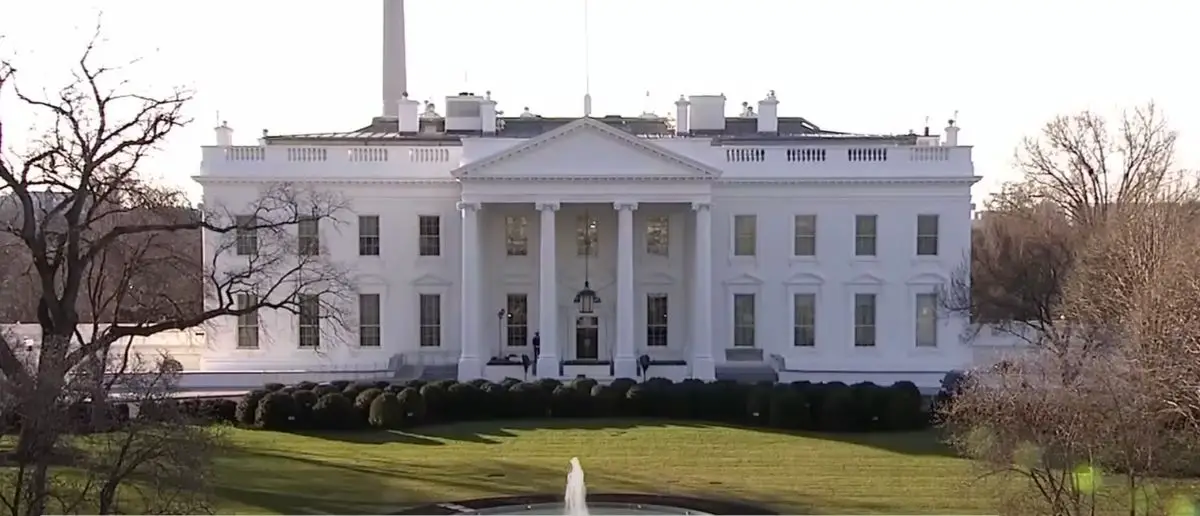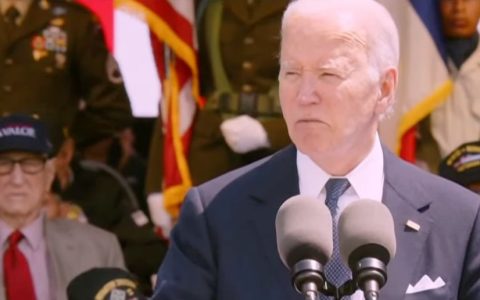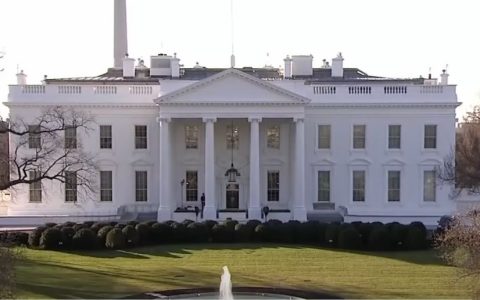
This administration is moving fast. And the results are pouring in.
And now a bombshell report hit Trump’s desk that changes everything.
President Trump’s hefty new tariffs on over $1 trillion in foreign imports are already shaking things up, funneling investments and jobs back to American soil.
Countries are scrambling to dodge the reciprocal tariffs set to kick in on April 2, negotiating deals to ease their own tariffs on U.S. goods.
Meanwhile, carmakers like Rolls-Royce, Hyundai, and Honda are rerouting production to the U.S. to sidestep the 25% tariffs on imported autos and parts, which roll out next week.
At least a dozen companies are following suit, betting on American-made over tariff headaches.
Economists are nodding in agreement: Trump’s campaign pledge to bring back manufacturing jobs is taking shape. The United Auto Workers (UAW), despite backing Kamala Harris in 2024, is cheering the auto tariffs. UAW President Shawn Fain pointed to a dozen plants—think Ford, GM, and Stellantis brands like Jeep and Chrysler—that have bled production to Mexico and beyond over the years.
“The economic benefits of filling these plants back up with product and good auto jobs would be enormous and have a cascading effect throughout communities from Michigan to Tennessee,” he said.
Rewind to 2016, when Barack Obama scoffed at the idea of reviving manufacturing. “What magic wand do you have?” he quipped.
It’s not just cars. MGA Entertainment, a big U.S. toymaker, is hustling to shift production from China to dodge the 20% duty on Chinese goods.
Then there’s Taiwan Semiconductor Manufacturing Company, dropping a cool $100 billion to build five factories in Arizona over the next four years. Other industries are catching the vibe, too.
Next week’s reciprocal tariffs—details still TBD—target nations slapping tariffs on U.S. goods. White House press secretary Karoline Leavitt laid it out Thursday:
“We are going to make sure that American workers are put first. And we are ending the unfair trade practices that have been hollowing out our middle class for decades.” The threat’s got manufacturers and trade partners scrambling for last-minute deals.
Trump’s hinted that “a lot of countries” could dodge the bullet, and some sectors might get a pass. India’s mulling cuts on over half of its $23 billion in U.S. imports, per Reuters.
Taiwan’s eyeing more U.S. energy imports and tariff reductions, while Vietnam’s considering cuts on U.S. cars and natural gas. Treasury Secretary Scott Bessent said the focus is on big trade-surplus nations like India, Vietnam, and Taiwan.
White House Communications Director Steven Cheung took a swipe at the naysayers: “Tariff cuts by U.S. trading partners are another example that all the b*tching and crying by unserious media outlets and journalists simply do not have a refined view of the economy.” Point made.
Still, not everyone’s on board. Some economists warn the tariffs could jack up prices and fall short of Trump’s revenue dreams—maybe even spark a recession. With 20% on Chinese goods, 25% on steel and aluminum, and 10-25% on some Canadian and Mexican imports already in play, the National Taxpayers Union figures the auto tariff alone could hike car prices by $6,532.
Trump’s bullish, though. On Wednesday, he pegged the auto tariffs at $600 billion to $1 trillion over two years—money he wants to use to ease the debt and cut taxes on tips, overtime, and Social Security.
“Basically, I view it as reducing taxes and reducing debt,” he said. White House folks and economists aren’t so sure, estimating closer to $100 billion, with consumers footing much of the bill.
Trade analyst Jacob Jensen from the American Action Forum crunched the numbers: “The cost in the short term will be at least $31 billion annually and it is going to be passed on to U.S. businesses and consumers.” Trump’s not sweating it. “This will continue to spur growth like you haven’t seen before,” he countered, sticking to his guns—and his playbook.





